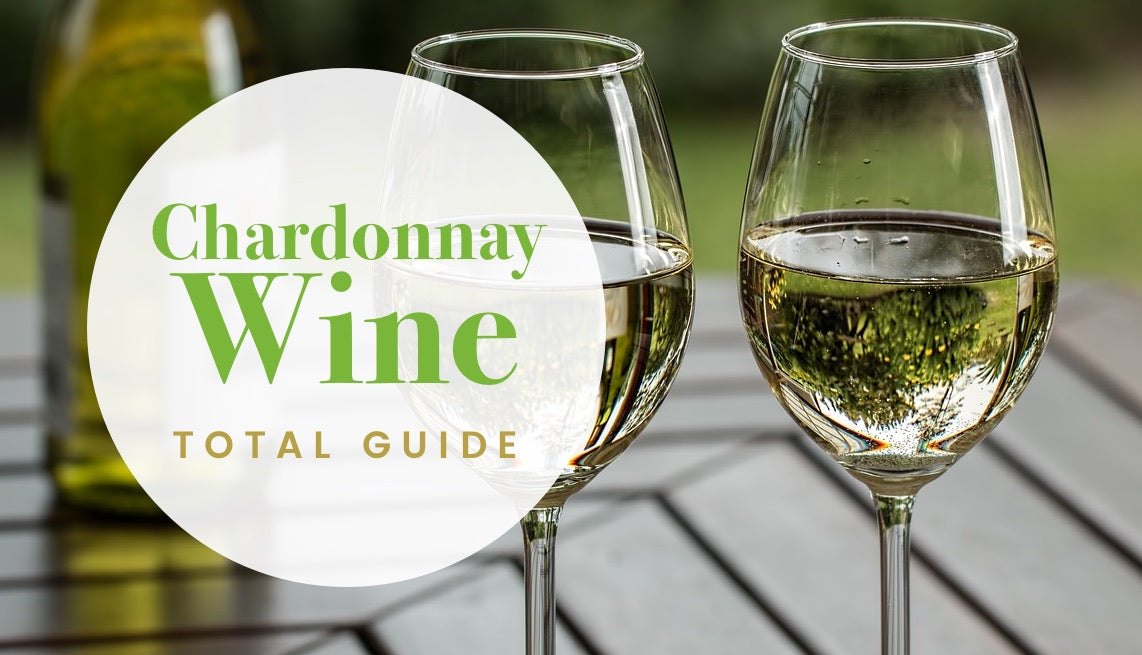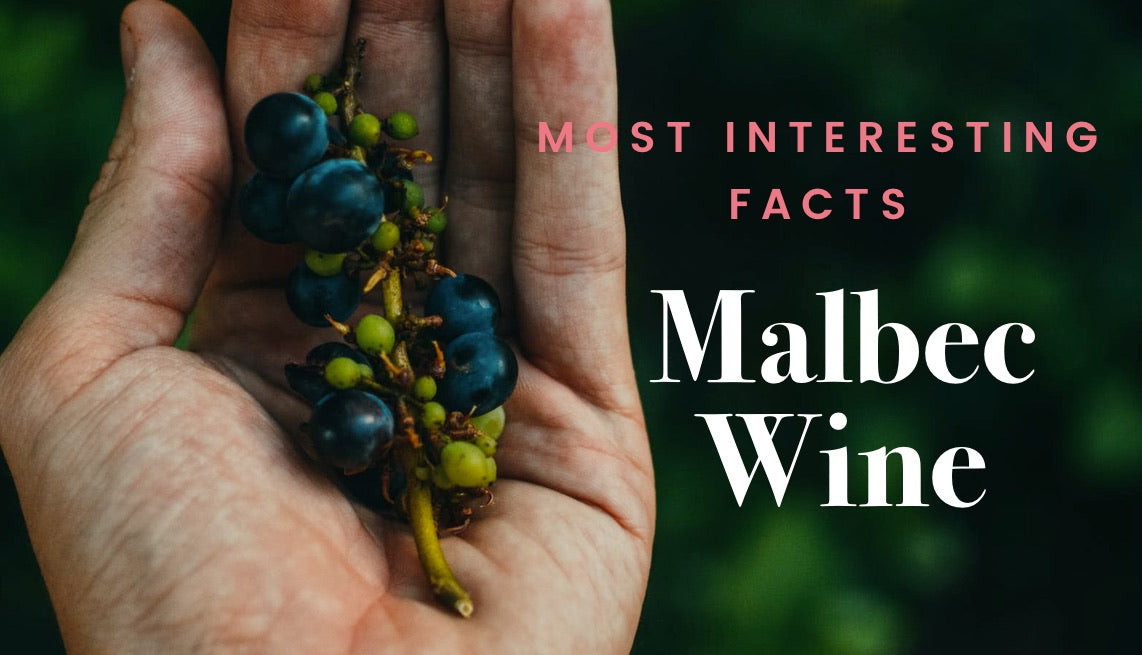
Total Guide to Chardonnay Wine
 It's silky, white and dry. You can find it grows almost anywhere in the world. It goes great with almost every dish you can imagine and regardless of the season you drink it in. You’re right! We’re talking about Chardonnay – the royal white wine that everyone enjoys whether it’s oak-aged or not.
It's silky, white and dry. You can find it grows almost anywhere in the world. It goes great with almost every dish you can imagine and regardless of the season you drink it in. You’re right! We’re talking about Chardonnay – the royal white wine that everyone enjoys whether it’s oak-aged or not.
Welcome to the total guide to Chardonnay wine! If you have a bottle of this delicious white liquor, pour yourself a tall glass of it, sit back and relax as we take you through the history, food pairings and controversies of the most famous French wine in the world.
What is Chardonnay Wine?
Chardonnay is the most popular wine in the world. The vines that produce it grow some of the most tolerant grapes you can find. As a result, you can travel in almost any part of the world and stumble upon a vine of Chardonnay.

There are so many varieties of Chardonnay in the world that even scholastic wine lovers have a difficult time classifying them. New versions of this liquor appear every year and everywhere from the valleys of California to the cold regions of New Zealand, and from France to the United States to Argentina.
Another reason for Chardonnay’s popularity is its versatility. You can drink it as a cold, conversational appetizer in the peak of summer heat, and enjoy it as a mildly-warm drink after a hearty meal in the coldest days of winter.
With all its tolerance and flexibility Chardonnay still maintains a noble personality and a household name. You may encounter it in restaurants and stores across the world with great variations in price that are determined by the area of origin, weather conditions and fermentation method.
Where does Chardonnay Wine come from?
Chardonnay comes from the Burgundy region in France. This liquor grew to great popularity in the early days of the Middle Ages for its elegance. At that time and for many centuries to come it was known by the name of White Burgundy.

The grapes that produce Chardonnay attracted the attention of the monks in the region of Champagne. These winemakers appreciated the tolerance to weather of the white-golden berries and planted them on almost every hill and valley in the region. They soon started using them for their sparkling wines that now enjoy the same level of worldwide popularity.
Nowadays, Chardonnay grapes cover the hills and valleys of numerous countries in the world. California plants more Chardonnay grapevines than any other type of grapes. The famous Mendoza region in Argentina also produces a staggering quantity of Chardonnay wine, while Australia, Italy, Chile, and even Peru follow close behind.
The main thing to know about Chardonnay Wine
Wine lovers like nothing more than to argue on the main differences between various types of this liquor. One argument that seems to devise them more than anything is the everlasting battle between Oaked Chardonnay and Un-oaked Chardonnay.

Casual wine drinkers may care less between these two main classifications of Chardonnay, but if you want to find out more about the drink in your glass, you must know the main thing about Chardonnay wine.
Oaked Chardonnay
This liquor is just what the name says it is: Chardonnay that has been aged in oak barrels. However, it is the relationship between Chardonnay wines and oak that makes all the difference.
Oak gives Chardonnay wine a vanilla taste and buttery texture. After an aging period of five years or less, the wine becomes rich, full-bodied, and carries mild citrus aromas. This fermentation process is called Malolactic Fermentation (MLF), and it is responsible for the oily feel that it gives to the wine.
The problem with oaked Chardonnay appears when the fermentation process takes too long. Over five or ten years of staying in the oak barrel will transform the wine in a thick slime with the consistency of liquid, fatty butter.
Regions that produce exceptional oaked Chardonnay wine (aged for five years or less) include Napa Valley in California, the Puglia region in Italy, Mendoza in Argentina, Eastern Australia and the grapes’ native region of Burgundy, France.
Un-oaked Chardonnay
This type of Chardonnay wine is simply not aged in oak barrels. The resulting liquor is quite different from its more buttery counterpart. It has a mineral, dry texture with flavors of green apple if the grapes are picked early or tropical fruits if the grapes are very ripe when at the time of their picking.
Most of the grapes used for un-oaked Chardonnay grow in cold climates and the resulting wines have a higher acidity than oaked Chardonnay.
The regions that produce some of the best un-oaked Chardonnay include Western Australia, Oregon in the United States, and the Loire Valley in France, the Sonoma Coast in California and Colchagua and Casablanca Valley in Chile.
What is the difference between Chardonnay and Chablis?
Chardonnay wine tends to incorporate in its title the name of the region where its grapes grow. While traveling the world you may encounter Mâcon-Fuissé Chardonnay, Colchagua Chardonnay or Napa Valley Chardonnay.
You may also stumble upon a type of wine that does not carry the Chardonnay name in its title even though it is produced from the same grapes: Chablis.
Chablis is a type of wine made only around the small French town of Chablis. The main difference between Chardonnay and Chablis is that the latter is not stored in oak barrels, but more in flint or stainless steel tanks. The resulting liquor is a dry wine with a more mineral attitude and flavors of pears, green apples, and lime.
How to pair Chardonnay with food

The Chardonnay taste is the ideal pairing drink for soft cheese and white fish, preferably gilled and seasoned with fresh herbs.
Additionally, you can enjoy a glass of rich, full-bodied Chardonnay with almost any type of lean meat from poultry, rabbit or pork. This popular drink also enhances favorably the taste of sea fruit, oysters, mushrooms, truffles, and almonds.


